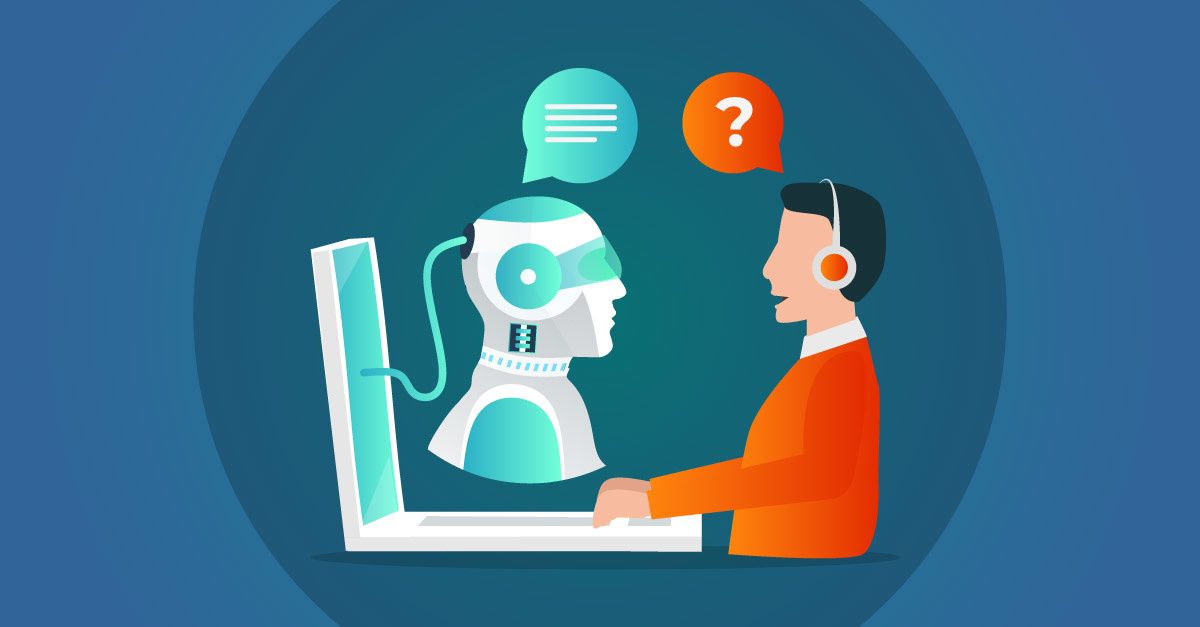The Importance of Cybersecurity in Digital Transformation Initiatives
This article discusses the importance of cybersecurity in digital transformation initiatives and how businesses can ensure that their digital transformation efforts are secure.
Author
EZ-AIThe Importance of Cybersecurity in Digital Transformation Initiatives
Introduction
Digital transformation initiatives have become increasingly important for businesses to remain competitive and relevant in today's fast-paced world. However, with the rise of digitalization comes an increased risk of cyber threats and data breaches. This is why cybersecurity is crucial in digitalization.
In this article, we will explore its importance, the key components of a cybersecurity framework for digital transformation, and how AI and Machine Learning can be used to enhance it in this Digital revolution.
Why is it so important?
This transformation involves the integration of new technologies and processes into an organization's existing infrastructure. This can create new vulnerabilities and increase the risk of cyber threats and data breaches.
It is important in this environment because it helps to protect an organization's data, reputation, and customers. Without proper cybersecurity measures in place, organizations are at risk of losing millions of dollars in damages and losing the trust of their customers.
For example, in 2017, Equifax, a credit reporting agency, suffered a data breach that exposed the personal information of 143 million people. The breach was caused by a vulnerability in the company's web application software, which was not properly patched. The breach cost Equifax over $1.4 billion in damages and resulted in a loss of trust from its customers.
What are the key components of a cybersecurity framework for digital transformation?
A cybersecurity framework for digital transformation should include several key components. These include:
1. Risk Assessment: A risk assessment should be conducted to identify potential vulnerabilities and threats to an organization's digital infrastructure. This can involve identifying potential attack vectors, such as phishing scams or malware, and assessing the potential impact of a cyber-attack. For example, a risk assessment can help identify potential vulnerabilities in an organization's network infrastructure, such as outdated software or weak passwords.
2. Security Policies: Security policies should be established to define the rules and guidelines for protecting an organization's digital assets. This can include policies for password management, access control, and data encryption. For instance, security policies can require employees to use strong passwords and limit access to sensitive data to authorized personnel only.
3. Access Control: Access control measures should be implemented to ensure that only authorized personnel have access to sensitive data and systems. This can include multi-factor authentication and role-based access control. For example, access control measures can be used to limit access to sensitive data to only those employees who need it to perform their job functions.
4. Incident Response Plan: An incident response plan should be developed to outline the steps to be taken in the event of a cyber-attack or data breach. This can include procedures for containing the attack, notifying stakeholders, and restoring systems. For instance, an incident response plan can help ensure that an organization responds quickly and effectively to a cyber attack, minimizing the potential damage.
5. Security Monitoring: Security monitoring tools should be implemented to detect and respond to potential cyber threats in real-time. This can include intrusion detection systems, security information and event management (SIEM) systems, and user and entity behavior analytics (UEBA) tools. For example, security monitoring tools can help identify potential cyber threats before they cause significant damage to an organization's digital infrastructure.
By implementing these key components, organizations can help protect their data, reputation, and customers from cyber threats and data breaches. It is important for organizations to take a proactive approach to this security and to prioritize it in their digital transformation initiatives.
How can AI & Machine learning be used to enhance cybersecurity?
AI and Machine learning can enhance cybersecurity in digitalization initiatives in several ways. These include:
1. Threat Detection: It can detect potential cyber threats in real-time, allowing organizations to respond quickly and effectively. For example, it can analyze network traffic and detect anomalies that may indicate a potential cyber attack.
2. Fraud Detection: You can use this cutting-edge technology to detect fraudulent activity, such as phishing scams and identity theft. It will use AI and machine learning to analyze user behavior and detect anomalies that may indicate fraudulent activity; this is super helpful when you need to protect your data and, more importantly, your customer data.
3. Behavioral Analysis: Now, it's easier to detect a potential cyber threat. AI is used to analyze user login patterns and detect anomalies that may indicate a possible threat, some bank apps recognize even how you hold your phone, so this security system starts as soon as you start using the app or platform.
4. Automation: It can be used to automate routine cybersecurity tasks, such as patch management and vulnerability scanning, freeing up IT staff to focus on more complex tasks.
If you want to know more capabilities of AI and machine learning, check this article.
Conclusion
In conclusion, cybersecurity is crucial in digital transformation initiatives. Without proper security measures in place, organizations are at risk of losing millions of dollars in damages and losing the trust of their customers.
A safe framework for digitalization should include risk assessment, security policies, access control, incident response plan, and security monitoring. AI and Machine learning can be helpful with detecting potential cyber threats in real-time, detecting fraudulent activity, analyzing user behavior, automating routine security tasks, and predicting potential cyber threats before they occur.
By prioritizing it in digital revolution initiatives, organizations can protect their data, reputation, and customers and achieve sustainable success in the digital age. It is important for organizations to understand that it is not an afterthought but rather a critical component of any digital transformation initiative. By taking a proactive approach to this technology, organizations can ensure that their digital evolution initiatives are successful and secure.
FAQs
What are some common cyber threats that businesses should be aware of in digital transformation initiatives?
Common cyber threats that businesses should be aware of in digital transformation initiatives include phishing scams, malware, ransomware, and social engineering attacks. These threats can result in data breaches, financial losses, and damage to an organization's reputation.
How can businesses ensure that their employees are trained on cybersecurity best practices?
Businesses can ensure that their employees are trained on this technology's best practices by providing regular training sessions and resources on topics such as password management, data encryption, and safe browsing habits. Additionally, businesses can conduct regular phishing simulations to test employees' awareness of potential cyber threats.
How can businesses measure the effectiveness of their cybersecurity framework for digital transformation?
Businesses can measure the effectiveness of their system by conducting regular security audits and risk assessments. These assessments can help identify potential vulnerabilities and threats to an organization's digital infrastructure and provide recommendations for improvement. Additionally, businesses can monitor key performance indicators (KPIs) such as incident response times and the number of successful cyber attacks to track the effectiveness of their measures.



